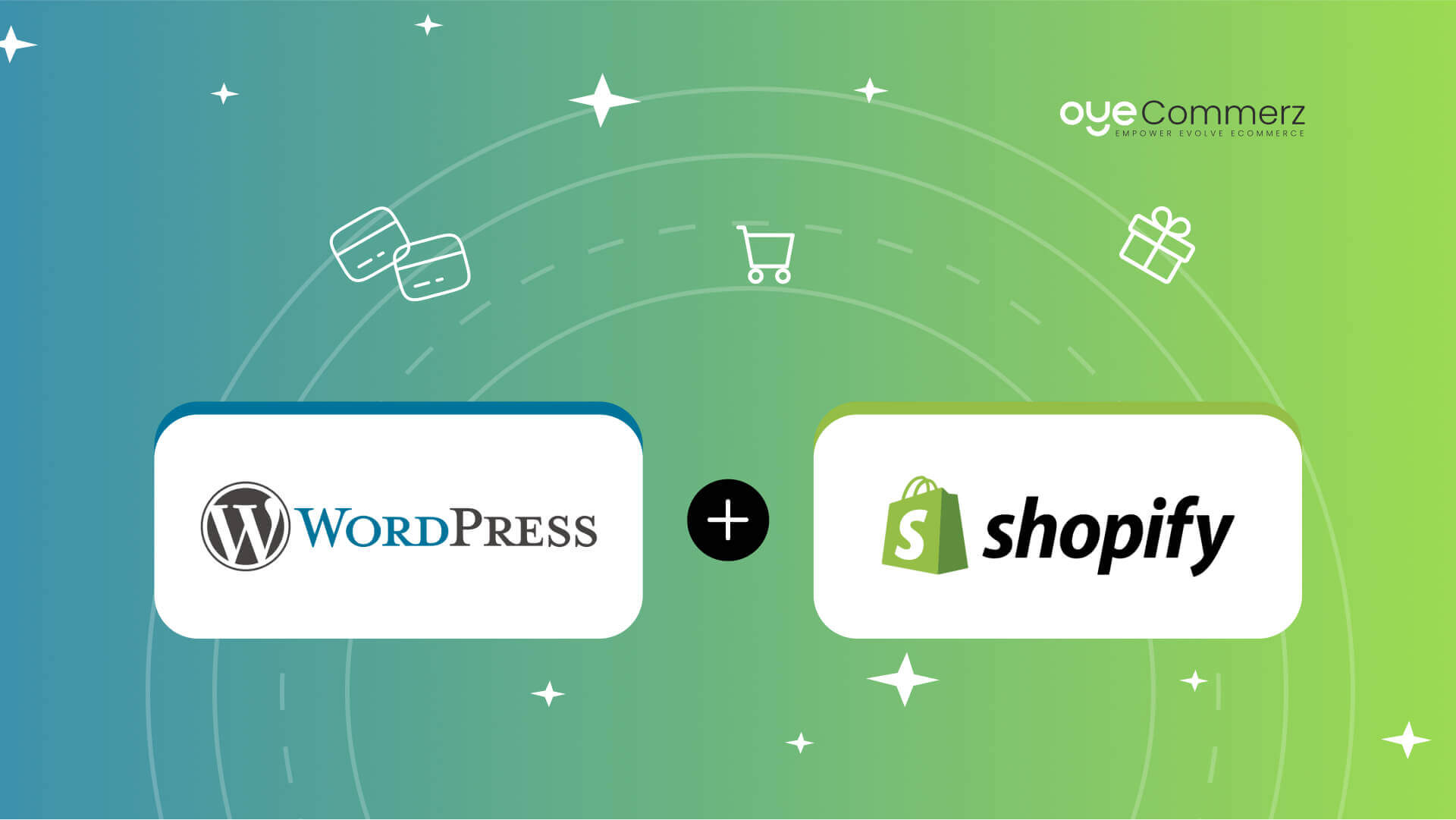Scaling an e-commerce store requires adaptability, growth, and delivering outstanding customer satisfaction.
Considering a move from WordPress to Shopify? You’re probably seeking advanced features, better scalability, and a forward-thinking platform.
This guide outlines the essential steps, strategies, and insights to ensure your migration to Shopify is successful and disruption-free.
Introduction: Why Migrate from WordPress to Shopify?
While WordPress offers versatility, its reliance on multiple plugins often creates hurdles for scaling.
Built for e-commerce, Shopify delivers unmatched security, scalability, and tools tailored to retailers.
As of 2024, Shopify powers over 4.5 million online stores worldwide, solidifying its position as a leader in e-commerce.
Switching to Shopify can unlock benefits in payment integrations, mobile optimization, and order management.
This is your detailed plan for a successful migration journey.
Step 1: Evaluate Your Online Store's Requirements
Start by reviewing your store’s current performance and identifying future needs.
Identify bottlenecks such as sluggish performance or excessive reliance on third-party tools.
Shopify’s native functionalities, including Shopify Payments and pre-built themes, simplify operations and boost performance.
Step 2: Plan Your Migration Thoroughly
An unorganized migration process may cause disruptions, data mishandling, or extended delays.
Prepare for a seamless move by addressing essential aspects like inventory details, customer databases, and sales records.
Shopify provides tools and third-party apps to simplify the migration process and safeguard important information.
Step 3: Tailor Your Shopify Experience
Shopify’s flexible themes allow you to reflect your brand identity seamlessly.
Browse the Shopify Theme Store for templates or modify them to enhance user experience.
Themes such as “Impulse” or “Prestige” deliver visually stunning layouts and powerful features.
Shopify Plus offers tailored theme development for businesses seeking unique designs.
Partner with Oyecommerz to design Shopify Plus themes tailored for high-performing online stores.
Step 4: Preserve Your SEO Rankings
Maintaining your SEO settings is crucial to keeping your website visible in search results.
Shopify tools enable redirection of old URLs to new ones, safeguarding existing traffic.
Use Shopify’s built-in SEO tools to manage metadata and connect analytics platforms.
Reports indicate that 70% of websites experience temporary traffic dips post-migration without proper SEO management.
Step 5: Integrate Essential Shopify Apps
Shopify’s extensive app ecosystem offers tools to enhance store functionality and Shopify migration tools for e-commerce optimize performance.
Apps like Klaviyo for email marketing and Yotpo for customer reviews can transform your customer engagement strategy.
Oyecommerz offers Shopify API services to integrate advanced tools and streamline processes.
Let Oyecommerz connect third-party solutions to your Shopify store for smoother operations.
Step 6: Optimize for Mobile Users
In 2024, mobile devices account for nearly 60% of online transactions, making optimization essential.
Shopify’s responsive themes ensure your store looks great and functions smoothly on mobile.
Simplify the checkout process for mobile users with Shopify’s secure payment tools like Shop Pay.
With optimized navigation and fast loading times, your store can thrive in the mobile-first era.
Step 7: Prepare Your Team for Shopify
While Shopify’s interface is user-friendly, training your team ensures a smoother transition.
Ensure your team knows how to handle inventory, process orders, and analyze reports.
Well-trained staff can make the most of Shopify’s features, improving overall store efficiency.
Step 8: Test Your Store Before Launch
Test your store rigorously to ensure all systems function smoothly before launching.
Verify that product information, inventory, and navigation links are error-free.
Validate payment gateway functionality and test the checkout process on multiple devices.
A well-tested store provides users with a flawless shopping experience from the start.
Step 9: Announce Your New Store Boldly
Turn your platform switch into a marketing event to attract attention and retain customers.
Leverage email marketing and social platforms to highlight the advantages of your upgraded store.
Highlight benefits such as better performance and enhanced security to boost customer confidence.
Conclusion: Shopify – The Key to E-Commerce Growth
Migrating from WordPress to Shopify is more than a technical change—it’s a transformative step for your business.
Shopify’s robust tools, scalability, and seamless integrations create an ideal platform for growth.
For businesses of any size, Shopify offers unparalleled support for achieving e-commerce goals.
Partnering with Oyecommerz ensures a smooth How Shopify can enhance your WordPress store migration with minimal disruption to your operations.
Trust Oyecommerz to make your migration stress-free and maximize your store’s capabilities.
Unlock the future of your business with Shopify—partner with us for a flawless migration experience.

Comments on “Transitioning from WordPress to Shopify: The Definitive Guide for E-commerce Success”